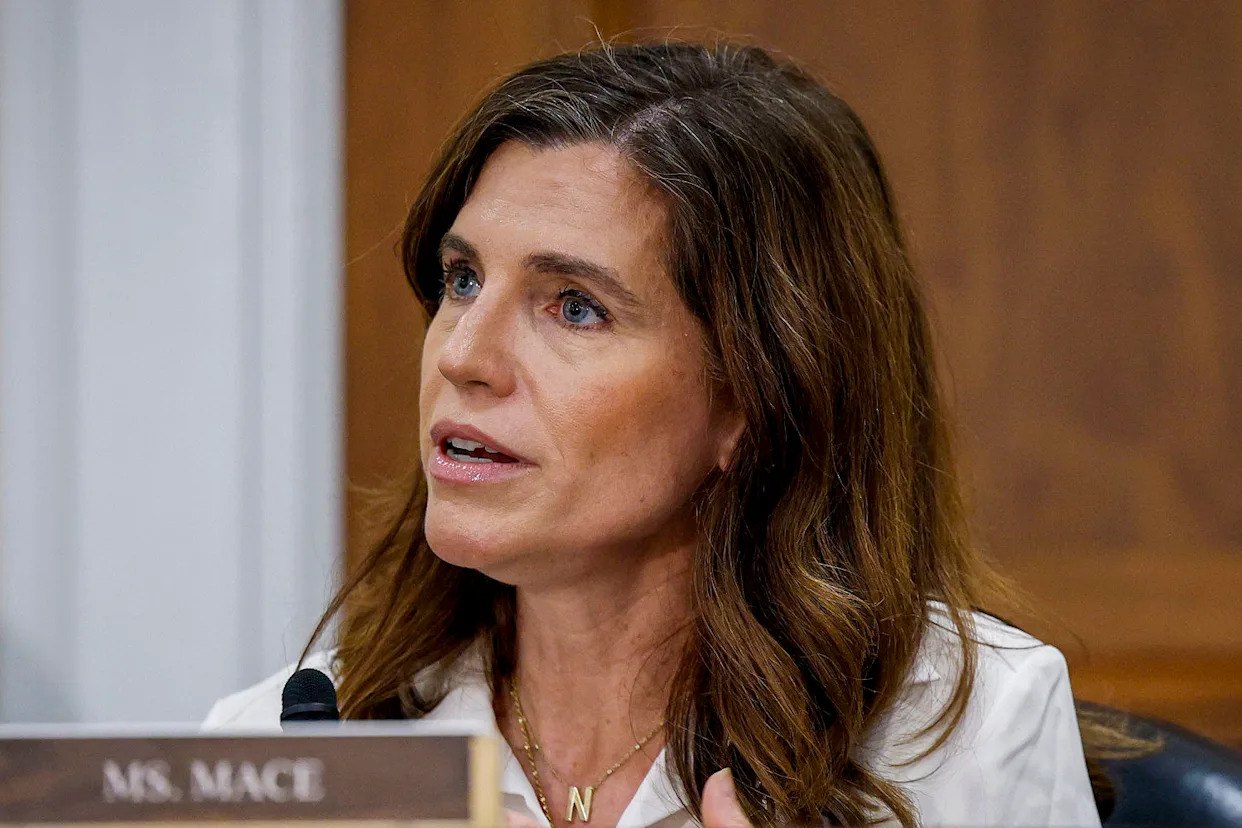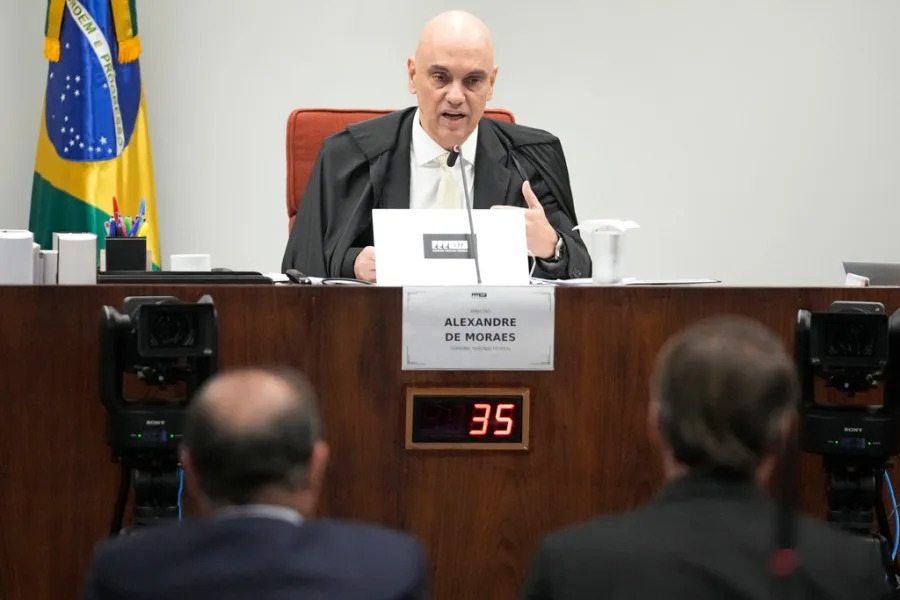One of the foundational reasons Donald Trump’s presidency is so alarming to those who study authoritarian regimes is the scope of the Republican’s intended reach. Over the course of roughly six months, the president has tried to exert influence over everything from the economy to higher education, the judiciary to the media, labor unions to law enforcement, cultural institutions to nonprofit organizations, the legal profession to the entertainment industry.
And let’s not forget that museums are on the list, too. The Washington Post reported:
The Smithsonian’s National Museum of American History in July removed references to President Donald Trump’s two impeachments from an exhibit display. A person familiar with the exhibit plans, who was not authorized to discuss them publicly, said the change came about as part of a content review that the Smithsonian agreed to undertake following pressure from the White House to remove an art museum director.
As someone who wrote a book about efforts to rewrite history and what I described as “the Republicans’ war on the recent past,” I couldn’t help but marvel at such a brazen example of an institution succumbing to presidential pressure and altering a historical display about events Americans already saw with their own eyes.
As NBC News reported, a spokesperson for the Smithsonian confirmed the removal of references to Trump in an exhibit that details presidential impeachments, and tried to offer a benign explanation.
As the story goes, the Smithsonian’s National Museum of American History had an “The American Presidency: A Glorious Burden” exhibit, which included a section on impeachments. It was created in 2000 and included Bill Clinton’s impeachment from a couple of years earlier.
In 2021, he museum added a temporary label to the exhibit, noting Trump's two impeachments. Last month, the temporary label was removed.
Eventually, the Smithsonian spokesperson said, there will be a new exhibit, which will “include all impeachments.” When might visitors see it? The spokesperson added that such efforts require a “significant amount of time and funding to update and renew.”
Perhaps the public should look for an overhauled exhibit in early 2029.
As is always the case, it’s important to consider stories like these in the larger context. After all, museum exhibits are often changed in cities across the country for entirely anodyne reasons, and they hardly ever generate national headlines.
But this story comes against an important backdrop. In late March, Trump signed an executive order that directly took aim at the Smithsonian and its museums, directing officials to eliminate “improper, divisive, or anti-American” ideology from the institution. The same order accused the Biden administration of, among other things, using the Smithsonian to advance what the Republican president described as a “corrosive” ideology.
How did the White House define words such as “improper,” “divisive,” “anti-American” and “corrosive” in an ideological context? The order didn’t say. Presumably, Trump knows it when he sees it. Was there any proof of the Biden administration misusing the Smithsonian? No.
Trump nevertheless went on to characterize the Smithsonian as an institution that was “once widely respected as a symbol of American excellence and a global icon of cultural achievement” — before it fell victim to a nefarious ideology that the Republican considers “divisive.”
A few months later, the president announced that he’d fired the director of the Smithsonian’s National Portrait Gallery, despite questions about whether he had the legal authority to do so.
The following month, the Smithsonian’s National Museum of American History decided to alter its exhibit that referenced Trump’s impeachment.
The title of the White House’s order from March said the directive is intended to restore “sanity to American history.” Given the circumstances, “sanity” is not the word that comes to mind.
This post updates our related earlier coverage.
This article was originally published on MSNBC.com





Comments